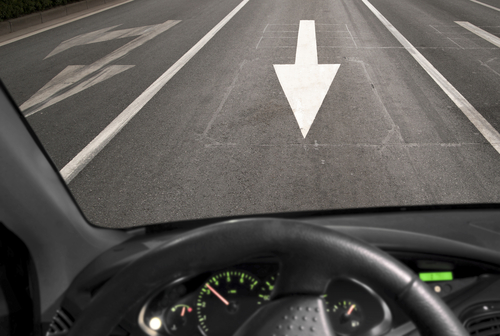
A pilot program on Arizona’s Interstate 17 has shown that the state’s thermal camera system can detect wrong-way vehicles and alert law enforcement and other drivers of the often-impaired drivers, an assessment report on the system found.
The first-in-the-nation system uses the ADOT’s thermal camera system to detect drivers going the wrong way on the interstate. Once the vehicle has been identified, the camera system sends a message to the ADOT Traffic Operations Center and the Arizona Department of Public Safety, and powers on an illuminated flashing “Wrong Way” sign. The system also adds a message to signs along the highway, alerting other drivers to the oncoming wrong-way vehicle.
According to the report, the system works much quicker than waiting for 911 calls from other drivers.
“The I-17 pilot system has delivered positive results and helped provide a road map for expanding use of technology to reduce the risk from wrong-way drivers,” said Dallas Hammit, ADOT’s state engineer and deputy director for transportation. “We’re using the thermal camera technology elsewhere and have established plans for other areas, including rural locations. I want to stress that thermal cameras can’t stop someone from being a wrong-way driver. But they are a big part of our efforts to reduce the risks associated with often-impaired wrong-way drivers.”
The state said that thermal camera detection technology has been installed at most interchanges along the South Mountain Freeway. More installations are expected in the West Valley, as well as on projects under construction east of I-17 and south of US 60.
The $4 million pilot system was funded by money from a dedicated sales tax for transportation improvements approved by Maricopa County voters in 2004. Since the beginning of operations in January 2018, the system has detected more than 100 vehicles traveling the wrong direction on the highway, mostly on exit ramps and frontage roads along the Black Canyon Freeway.
The ADOT said it is prepared to work with regional planners to add wrong-way vehicle alert technology elsewhere as funding becomes available, in areas where wrong-way drivers are a problem.
“We’re working on determining locations in greater Arizona where thermal cameras could be added, for example, on overhead message signs or at strategically identified interchanges along rural highways,” Hammit said. “Locations along I-17 between Phoenix and Flagstaff are planned if and when funding is identified.”